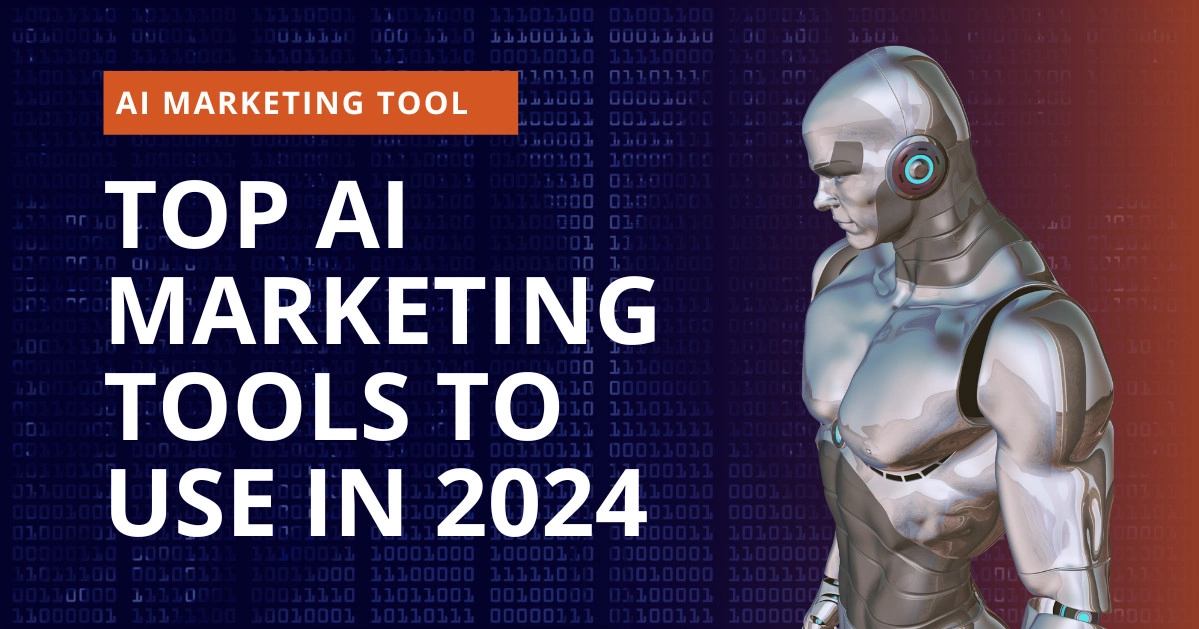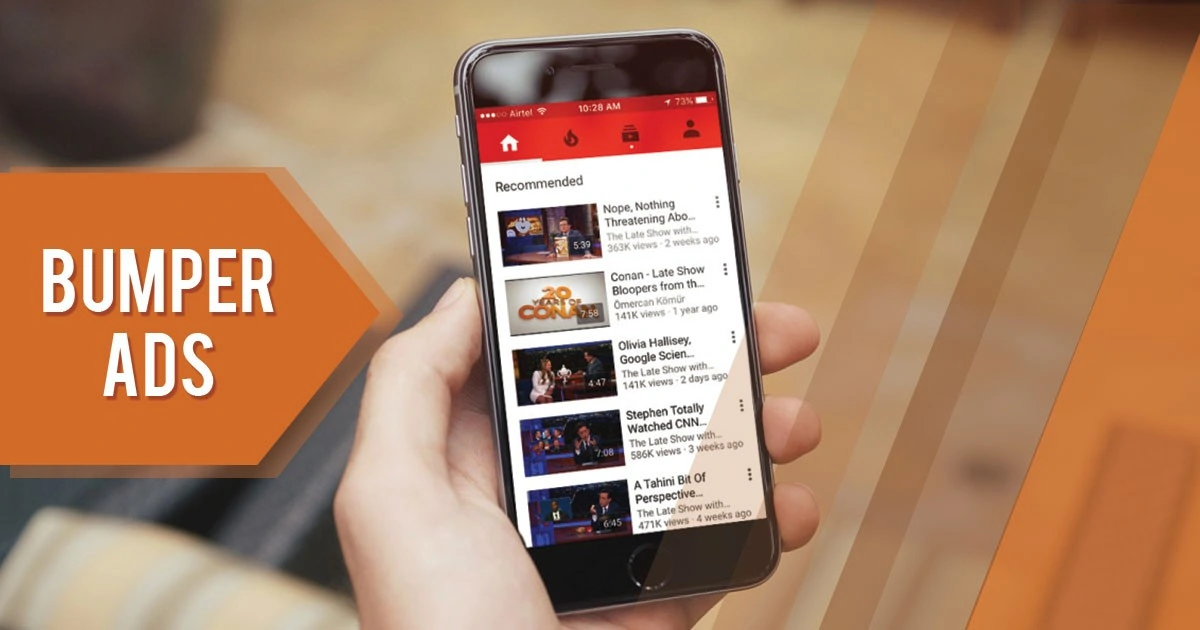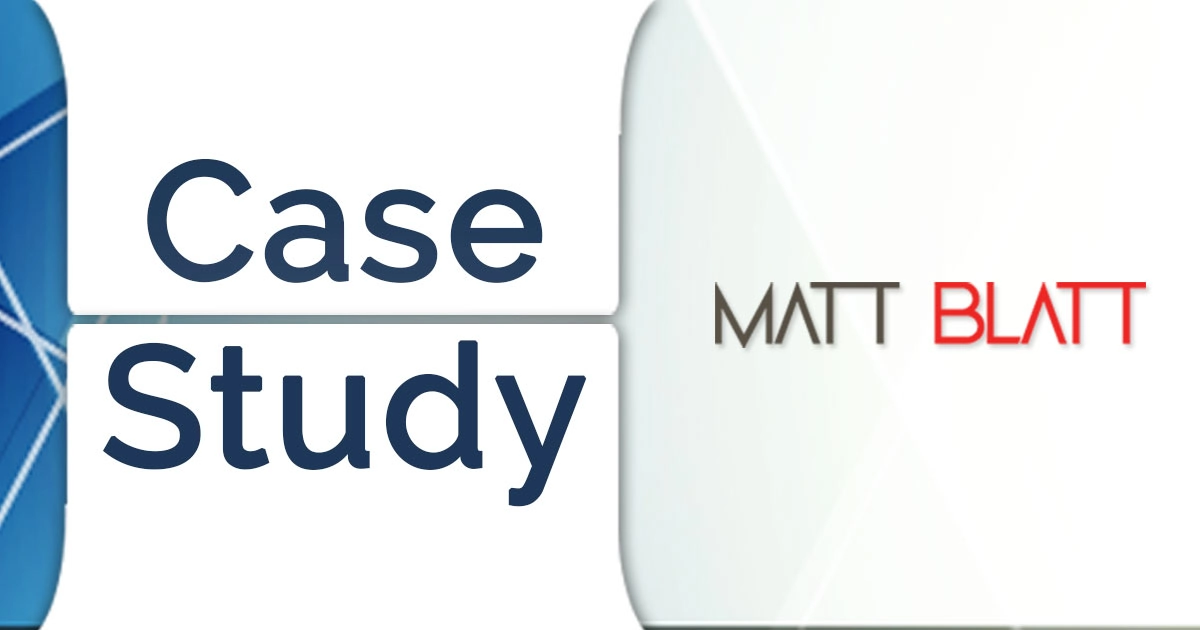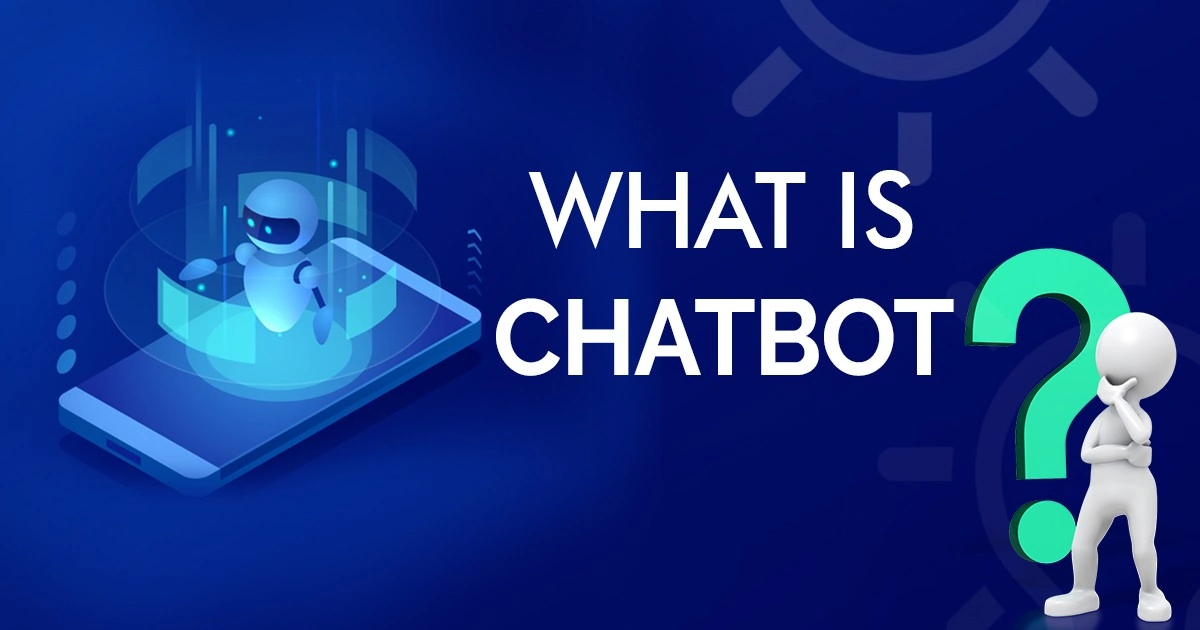 About Starbucks
About Starbucks
Starbucks expanded its operations to India in 2012. Starbuck’s competitors in India were Amalgamated Bean Coffee Trading Company’s Café Coffee Day (CCD), which has the largest presence among the various coffee chains in the country with around 14,900 outlets. The company focused on digital media and outdoor campaigns for key store launches, for building stronger customer relationships and high-quality consumer engagement.
Business Objectives
The primary business objectives of Starbucks revolved around the following-
- Increase Mass Market Reach
- Focus on relevant product innovation and profitable new growth platforms
- Invest in suitable supply chain expansion initiatives
- Execute a multichannel integrated advertising and marketing campaign to communicate it’s message to all partner entities
Strategy Adopted
In order to achieve some of the above-stated business objectives, as part of its social engagement strategy, Starbucks had launched a Facebook app called My Starbucks Brew that allowed customers to select their favourite Starbucks beverage and a chance to win special Starbucks gifts.
In early 2014, Starbucks had 5363 followers on Twitter and 1,95,000 fans on Facebook. Market leader CCD had 14,896 Twitter followers and 4 million Facebook fans. Other players such as Costa Coffee (669 followers/2,04,000 fans/80 outlets) and Barista Lavaza (1612 followers/2,44,000 fans/200 approximate outlets) are some of the other big coffee chains in the country. This made it clear that Starbucks would have to do something unique to increase its online presence in the Indian space, and it seemed to be a perfect opportunity to replicate and promote the My Starbucks Idea in India as well.
Starbucks started in 1971, as a store for coffee, tea, and spice in the touristy pikes place market in Seattle. Starbucks started its online community My Starbucks Idea a few years ago with the idea of engaging people with affinity for the brand in driving its resurrection. Customers log onto My Starbucks Idea to pitch their product/service improvement ideas or new product ideas. They do this by posting on this online community. Once the idea is posted, other customers vote, comment (negative and positive), and give add-ons. These posts are subsequently rated. This online community has a large number of members, which are increasing day by day.
Starbucks is using the Internet, specifically the social media space, for increasing the degree of involvement of Starbucks with its consumers and the level of consumer participation in the organizational co-creation strategies. Ideas include fresh ideas given by other consumers to Starbucks through posts and the ideas which have been implemented recently in the stores that are updated by Starbucks’ employees. The factors that drive consumers to post more ideas on the online community of Starbucks, namely, ‘My Starbucks Idea’ involves the psychological aspects of consumer behaviour and the social connection they have with the company. The empowerment felt by the consumers and subsequent social connection are the reasons for high consumer participation in the community.
Results Achieved
The online community impacted the consumers in two ways. First, Starbucks was able to co-create the change management with consumers, and secondly, it was very much like a social networking website where people posted, voted up, voted down, commented, and interacted with other members to exchange ideas. So, consumers were also using this space as a social networking website along with giving their feedback to Starbucks and proposing new ideas to them. A primary factor that drove consumers to remain active in terms of posting new ideas or commenting on others’ ideas in the community was the psychological factor that made them assert a sense of control on their coffee brand. The number of positive votes on the consumer’s idea was also a major factor in keeping consumers engaged on the community. There was also a leader board to track customers, who were most active on the community in submitting ideas, commenting, and voting on other people’s ideas. Customers got points on completing the following actions:
- Sharing a new idea
- Receiving positive votes on their ideas
- Commenting on another’s idea
- Voting on the other’s idea
Customers also got badges like ‘Top Commenter’, ‘Top Voter’, and ‘Idea Launched’. Another reason for being an active member was that they made new acquaintances.
Consumers felt happy when Starbucks launched their idea or even when people conducted long discussions on it. In addition, for other consumers, it was like a game where being identified as the one whose post got the highest votes or whose idea got implemented became a matter of prestige in the community.
Learnings
Consumers tend to take decisions based more on emotions and lesser on reasons. Hence, to engage and leverage the consumers, appealing to their emotions is essential. Organizations can hence accomplish this by demonstrating an emotional attachment for the consumers and subsequently forming a relationship with them. Emotional branding is a consumer-centric, relational, and story-driven approach for fabricating and abiding relation between consumers and brands.
Earlier, branding strategies were about the market share, mass campaign, acquiring large number of consumers, and the player with a leading share was then considered as a better brand. However, as consumers’ standard of living enhanced, marketers segregated mass markets according to the needs and desires of consumers, and the core motive of branding strategies shifted from market share to mind share. This called the need for communication channels for interacting with consumers for targeting narrow consumer segments. Branding is no more only about awareness, it is also about positioning of the product on a higher altitude on the psychological graph of product comparison in the mind of the consumer. The emotional attachment of consumers with the organization gives an organization a competitive advantage. Consumers’ involvement and engagement is highly influenced by the emotional connectivity between the consumers and the organization. Consumers’ engagement is the centre of gravity in case of ‘My Starbucks idea’, where Starbucks is using consumers’ involvement to co-create strategies for the development of new products and for the improvement of existing products or services through the process of co-creation.
To increase involvement and participation of the consumers on the community page, Starbucks gives psychological rewards in terms of high rank on the page, as it updates top 10 participants every week on the e-community page and has demonstrated a growing faith of the consumer in the company through an enhanced participation in the virtual arena. Maybe My Starbucks Idea will be the right choice for Starbucks to try and strike a chord with the hugely emotional Indian consumer and gain inroads into the Indian hearts.
About the Author


 About Starbucks
About Starbucks

















Dr. Ahuja, an excellent article which weaves the concept and case very well. As a student, it has provided better understanding.